An August Hike In The Wetlands Along The Ancient Susquehanna River
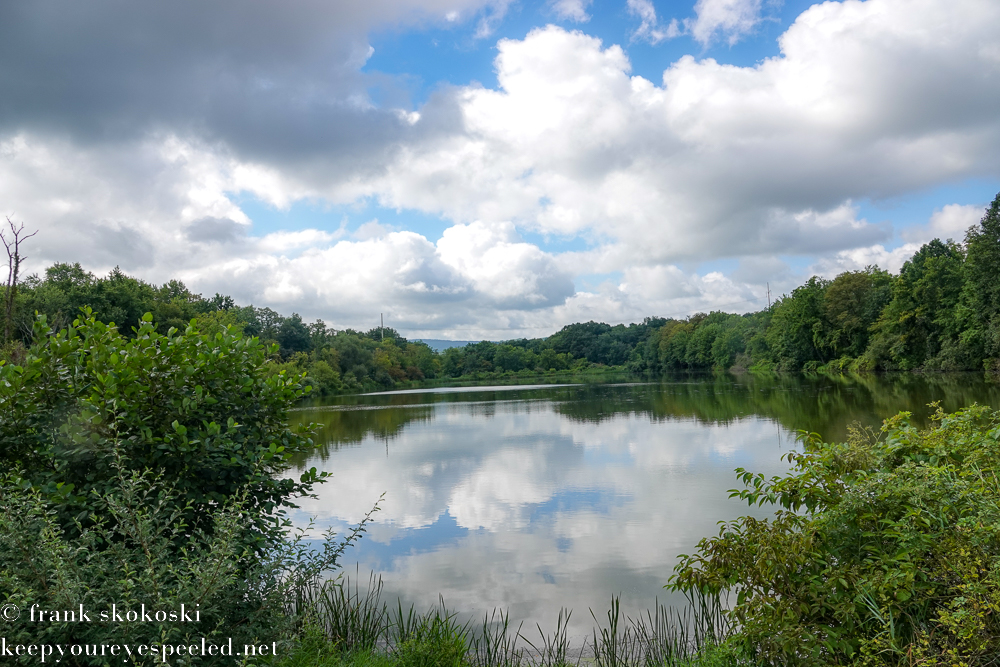
We had more heavy rain on Saturday here in Northeastern Pennsylvania. Rain in August is a good thing for folks like me, who love to forage for edible wild mushrooms. So early on Sunday morning I checked out my few favorite remaining mushroom spots (most of my best mushroom woods are now warehouses, industrial parks or housing developments). My foraging wasn’t very successful, I only found a few edible mushrooms so I decided to drive to my favorite hiking trails along the Susquehanna River in the Susquehanna Wetlands and River Lands in Salem Township in Luzerne County. 
I enjoy the diversity of the flora and fauna in this private nature preserve. As usual, after parking my Jeep in the Wetlands parking area, I walked down to the river. A few wood ducks flew off the river as I approached. The river was high from the recent rains. 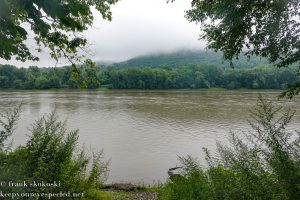
I then walked under the ancient trees growing along the ponds and canals remaining from the old Susquehanna Canal.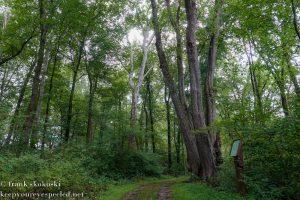
I found this young Berkeley polypore mushroom growing beneath a large oak tree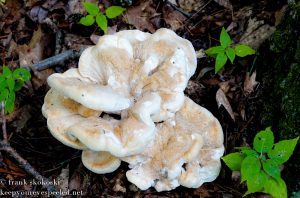 .
.
Like my hike the previous week the woodlands in the wetlands were quiet. Many of the birds I heard earlier in the Spring and Summer like the red winged blackbirds and red eyed vireo have left the wetlands. I didn’t see the wood ducks or herons that I usually see as I approach the ponds and canals along the trail. 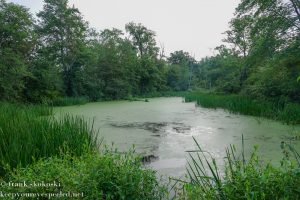
The first living critter I saw on my hike was this eastern harvestman sitting on some early goldenrod flowers. Although it looks like one it is not a spider. It is an arachnid that is related to spiders and is harmless to humans.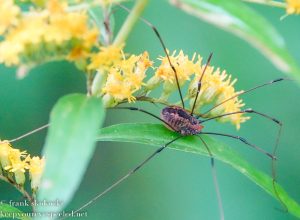
There were more giant goldenrod flowers blooming in the wetlands, they will soon become one of the most common flowers as Autumn approaches. 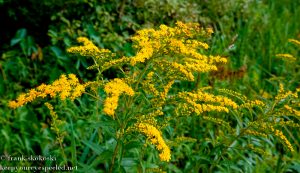
There were a few other late Summer wild flowers blooming along the trail including broadleaf arrowhead, 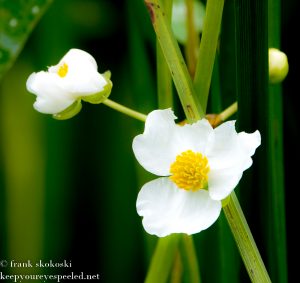
ironweed, all of these are native wildflowers 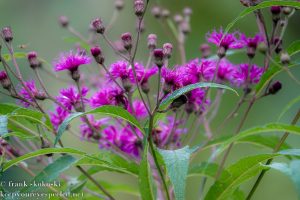
and purple loosestrife an invasive species. . 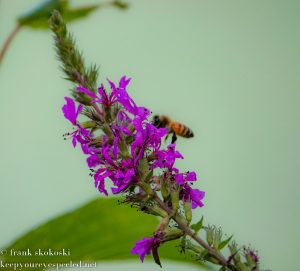
I walked out to the Water Fowl, pond. The trail was flooded from the recent rains and I waded through several inches of water. At the pond I saw a few wood ducks on the far side of the pond., 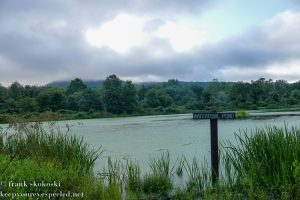
and some cedar waxwings perched high on a treetop. 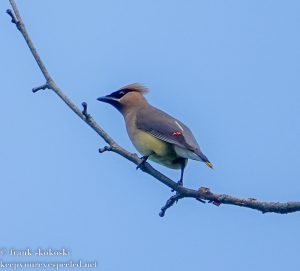
A northern flicker was perched on a another nearby treetop. 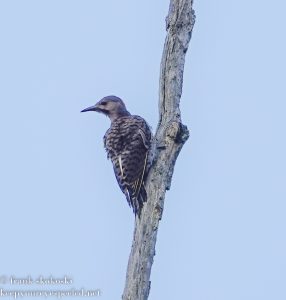
I left the Water Fowl pond and hiked toward the river lands. 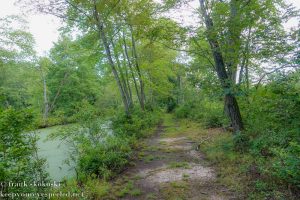
On the way I saw a pair of Carolina wrens,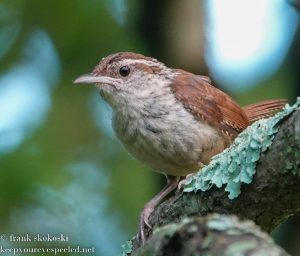
who were singing as the sun broke through the clouds and fog. 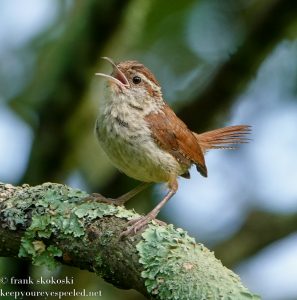
A friendly black -capped chickadee and 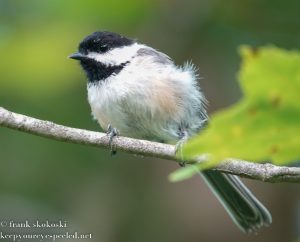
a downy woodpecker were also enjoying the song of the Carolina wrens.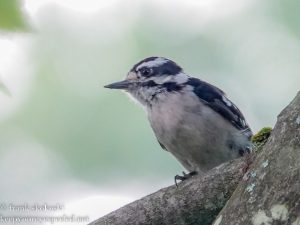
I think the Carolina wrens woke up the other birds in the wetlands, I soon saw a few catbirds. They always make their presence know with the noisy calls and songs.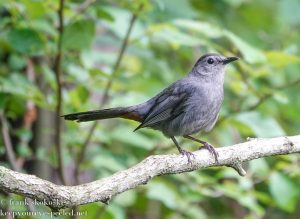
This eastern wood pee wee also started singing on a branch along the trail.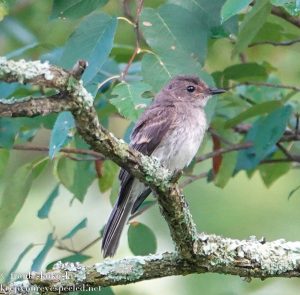
I saw a few green herons on logs in the canal along the trail 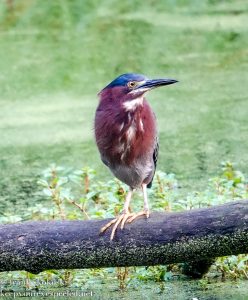
and a white breasted nuthatch. 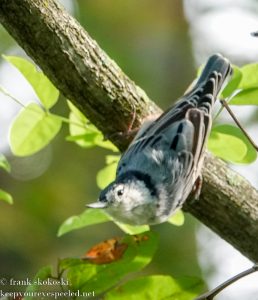
There is a trail off of the main trail that leads back down to the Susquehanna River. There is a fallen tree which protrudes into the river. I have seen osprey, bald eagles and belted kingfishers perched in this log on previous hikes. But none this year. So I was pleasantly surprised to see this belted kingfisher perched on the log looking over the river, 
it didn’t stay there long and quickly flew off chattering loudly as it did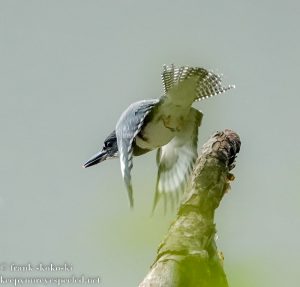
I left the river and continued toward the river lands. Along the saw this wood duck on one of the ponds. 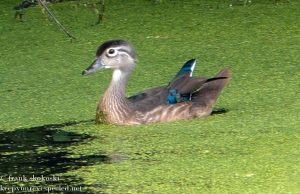
and a few painted turtles, I think, had crawled out of the duck weed covered waters now that the sun was shining. 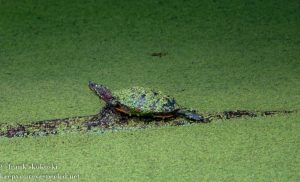
When I got to the river lands puffy cumulus had formed, 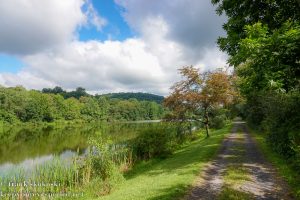
making for some pretty scenery as they drifted above Lake Took-A-While. 
There were some more late Summer wildflowers blooming on the trail along the lake including blue vervain, 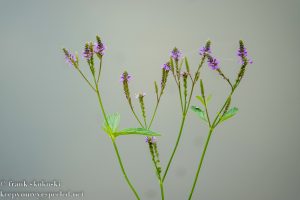
and common evening primrose, all native to Pennsylvania. 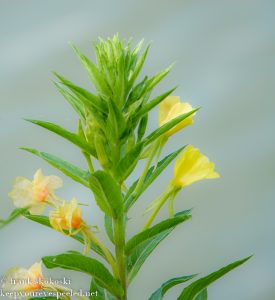
There were also some common yarrow flowers in the river lands. It is invasive, brought from Europe as a medicinal herb, 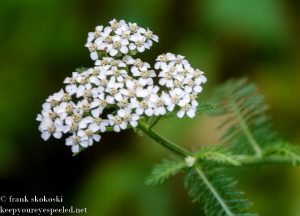
and there were Virgin’s bower or woodbine, also an invasive species from the southeastern United States. 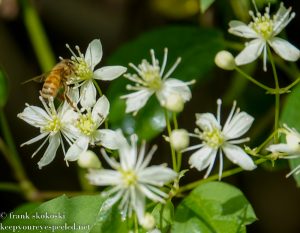
In addition to the bees and wasps visiting the wildflowers I also saw a few cicada killer wasps, 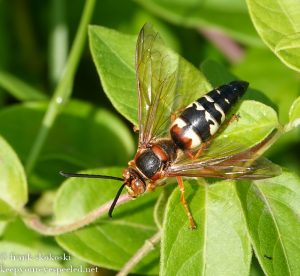
and dragonflies along the lake. This is a blue dasher dragonfly. 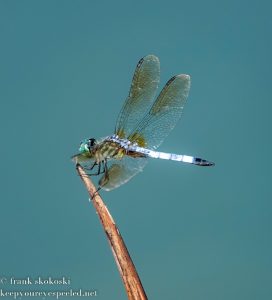
I also saw this great blue heron perched high in a dead tree along the lake. 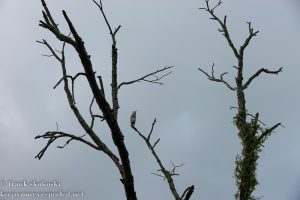
I was surprised to see it perched so high in a tree top. I usually see bald eagles perched up there. 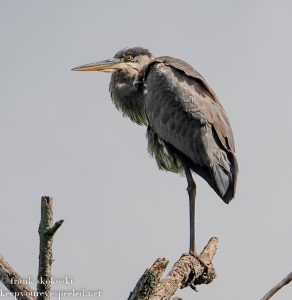
I don’t think it could see the frogs, small fish or turtles it feeds on from up there and not sure what is was doing up there. 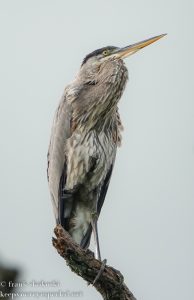
I saw another great blue heron, this one searching for it’s prey along the lake,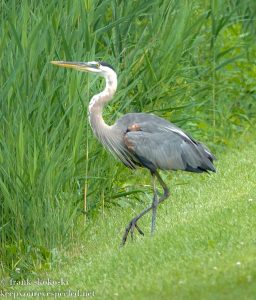
There were also a few American goldfinches singing in the trees along the trail.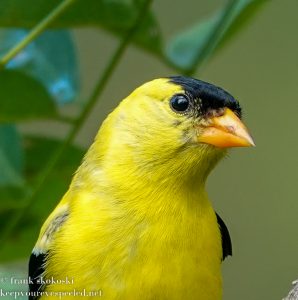
It was a nice hike along the lake,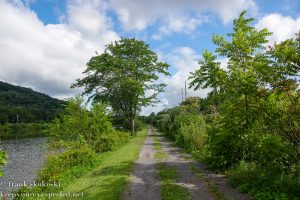
and I walked on the trail to the far end of the lake before starting my return hike. I saw many of the same critters I had seen earlier and the only new bird I saw on my hike back was an American robin singing in a tree top. Here is a link to a gallery on my website with more photos of the birds I saw on my five mile hike. Susquehanna Wetlands August 13 2023. 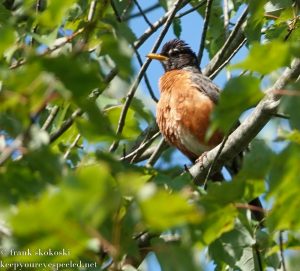
Back in the wetlands I found one more mushroom growing , this brittlegill russula. I was surprised there weren’t more mushrooms growing after all the rain that fell the past week. 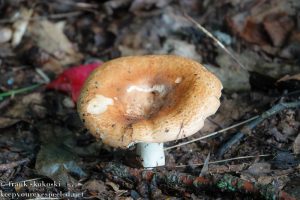
I also saw a few of these unique plants, Indian or ghost pipes. As I pointed out in previous blogs they are not fungi, as many folks think, but a plant related to blueberries that does not produce chlorophyll. There are so many wonderful plants and animals living in the wetlands and river lands. Here is link to another gallery with some more photos from my hike. Susquehanna Wetlands August 13 2023. 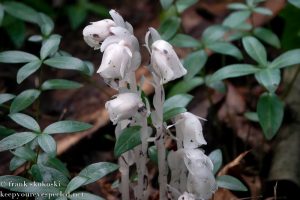
I enjoy hiking and seeking them out here and I love to share what I find. I hope by sharing this beauty it will help everyone realize how important it is to protect what is left of our natural world. If we destroy it, we will destroy ourselves since we are part of it. 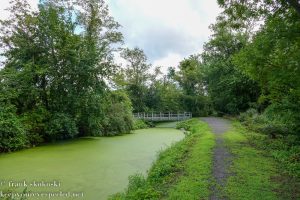
“It seems to me that the natural world is the greatest source of excitement; the greatest source of visual beauty; the greatest source of intellectual interest. It is the greatest source of so much in life that makes life worth living.” – David Attenborough
Categories
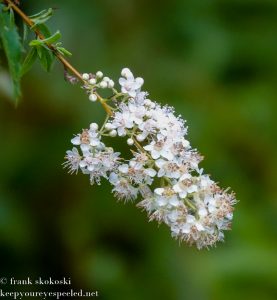
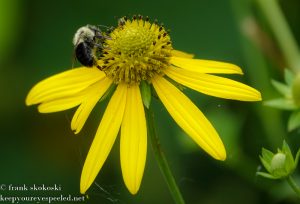
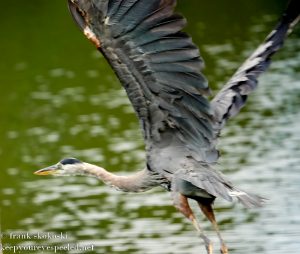
Recent Comments